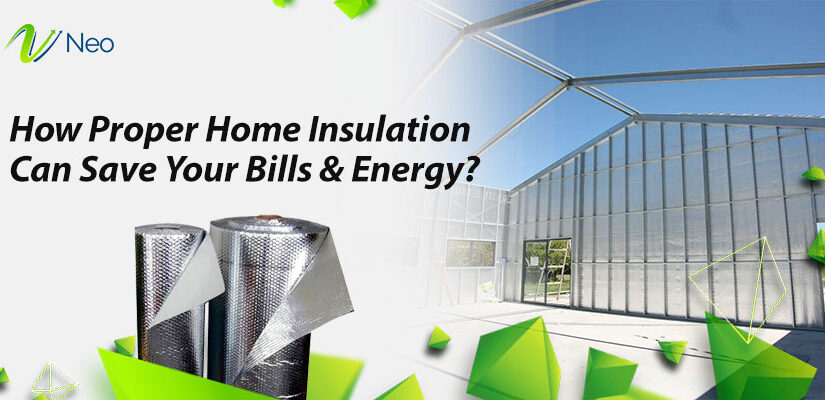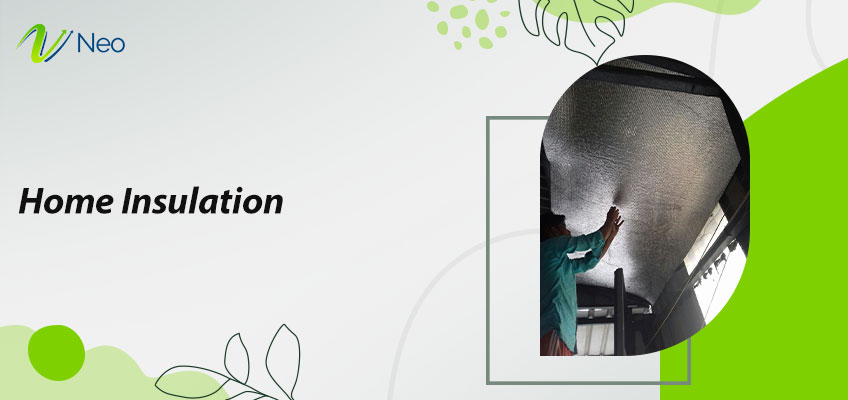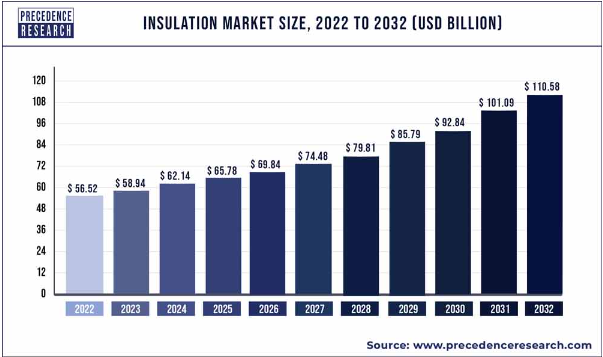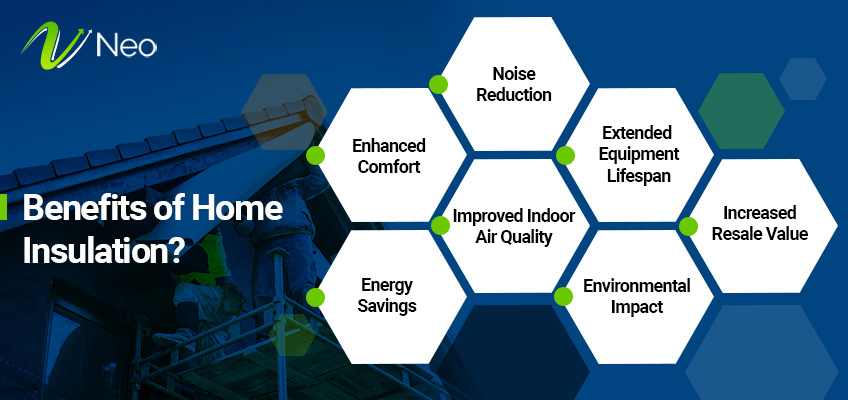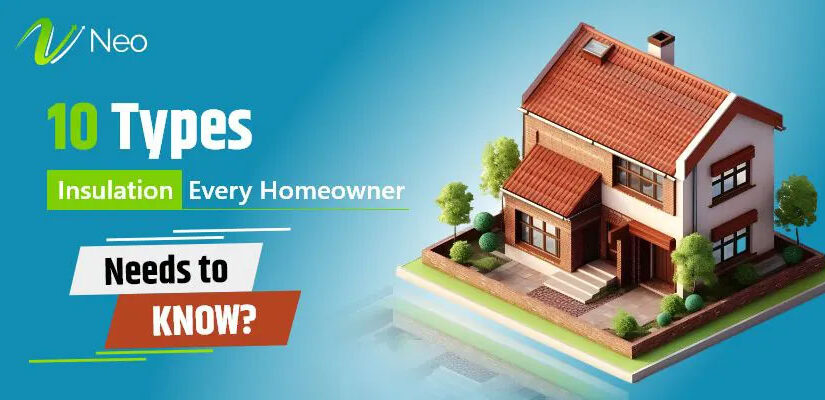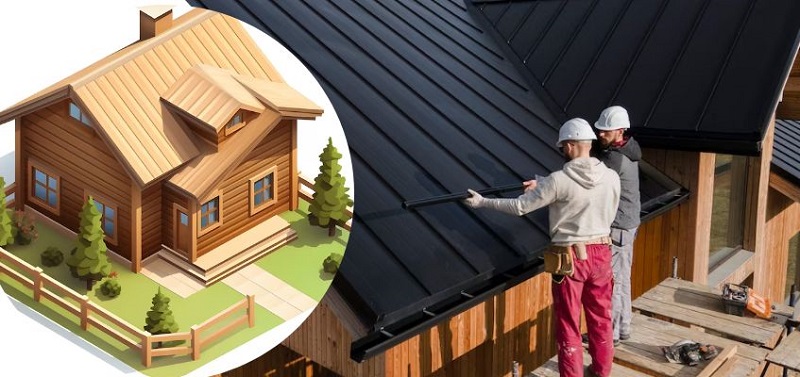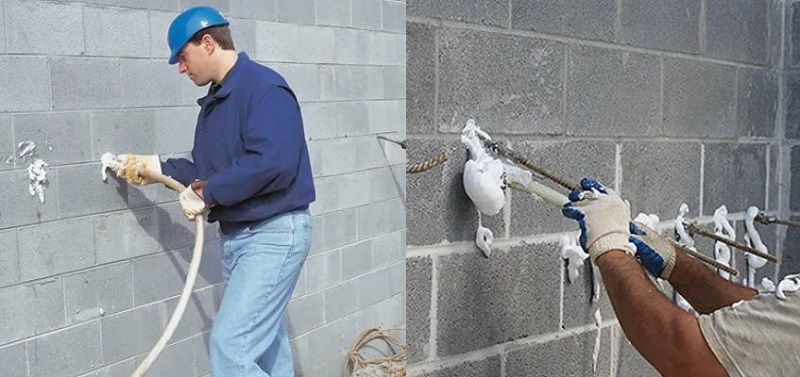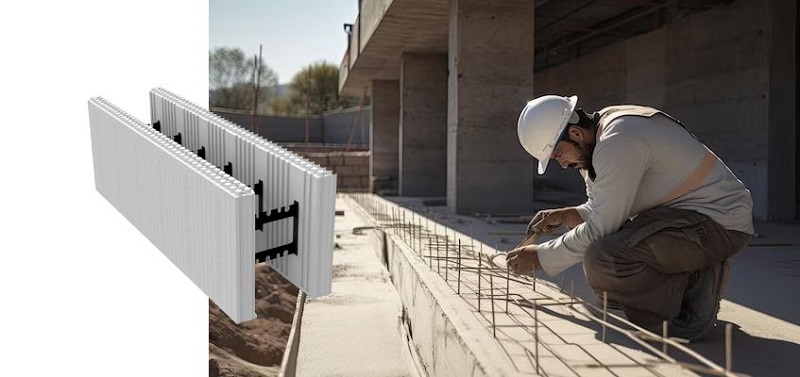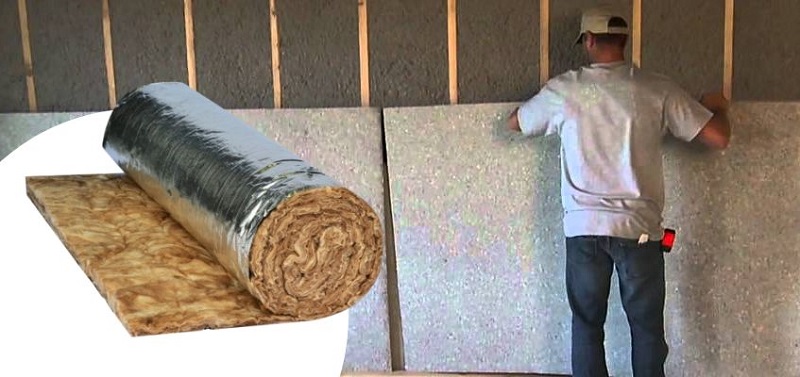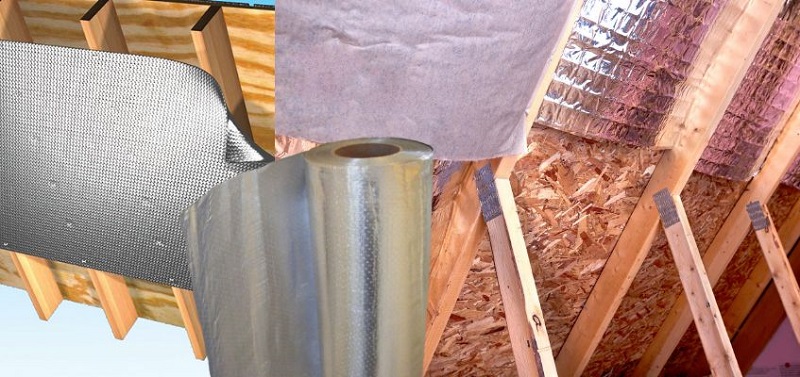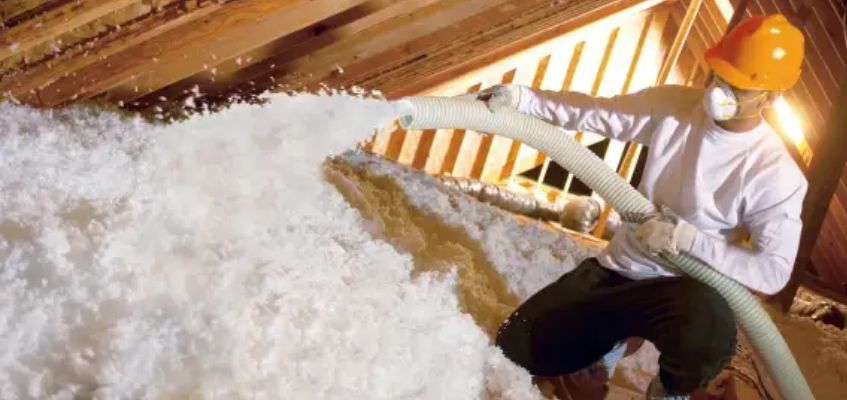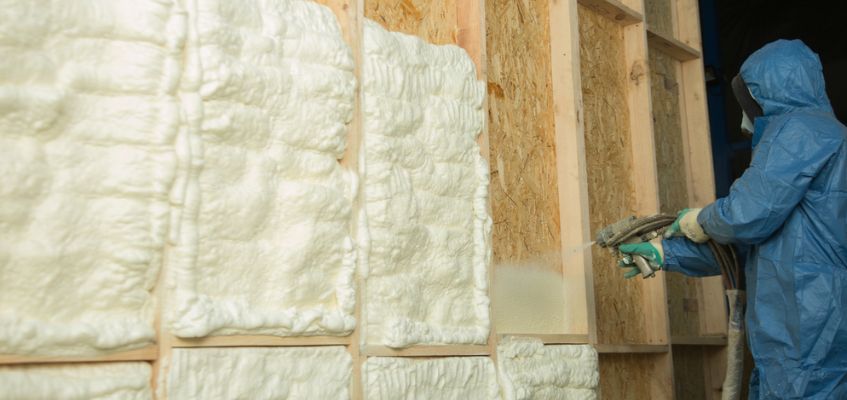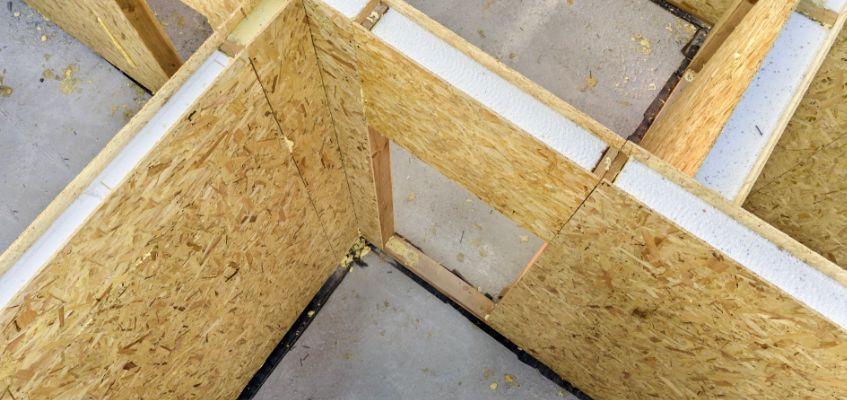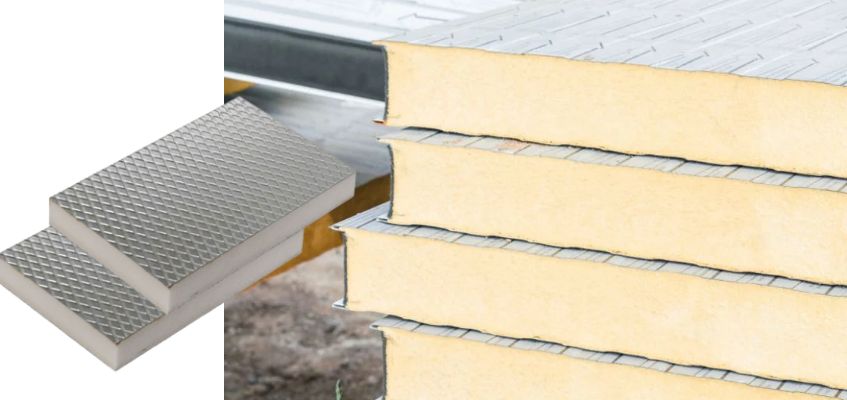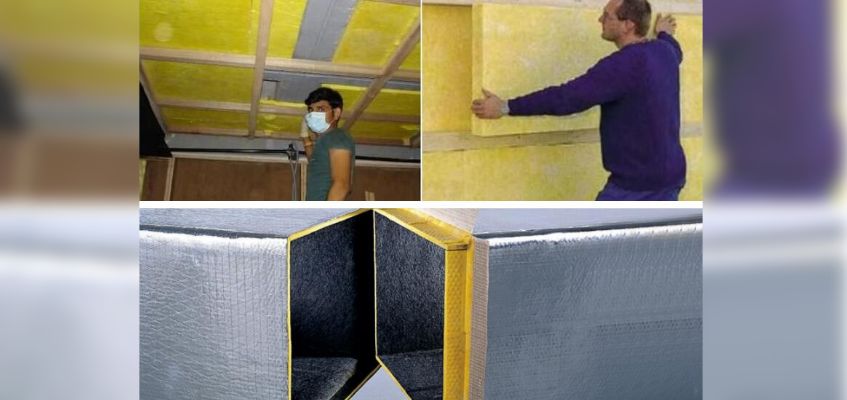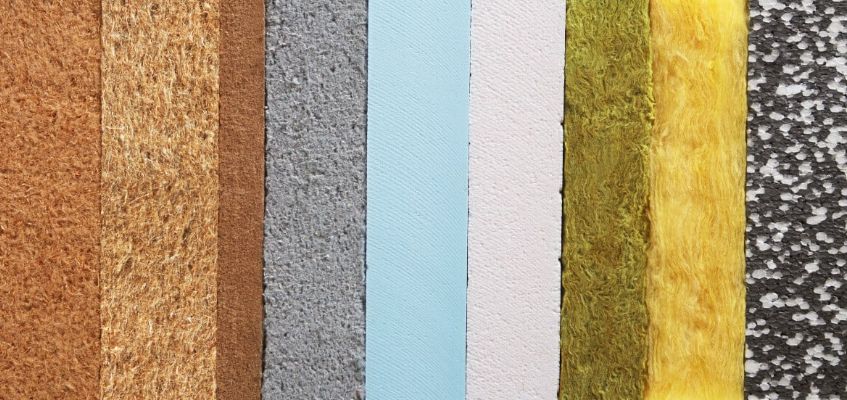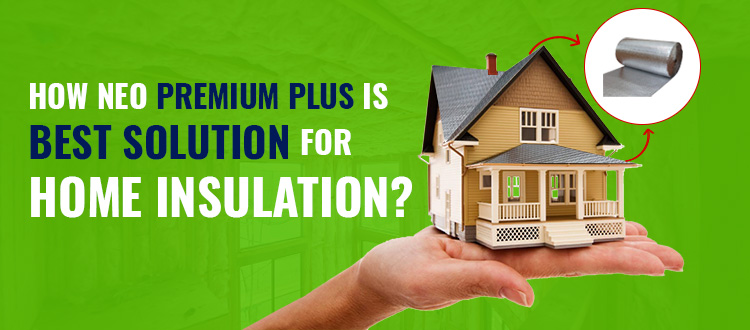The importance of proper home insulation lies in the fact that every home should have proper one as it is a key aspect of energy efficiency and cost-effectiveness. Poorly insulated homes result in heat going out in winter and coming in during summer hence working overtime for both of these heating and cooling systems. This leads to high energy bills and increased carbon dioxide. However, effective insulation provides a thermal barrier that keeps indoor temperatures stable and minimizes load on HVAC equipment. It reduces your expenses as it prevents heat exchange and saves a huge amount of energy needed for maintaining favorable climatic conditions inside your house thus limiting the ecological effect.
You can be constructing a new house or implementing insulation into your existing home as well and you are at the right place. in this blog, we shall explore how appropriate house insulation will help you reduce your bills as well as your energy consumption.
What is Home Insulation?
When speaking of home insulation, it means materials and methods by which a thermal barrier is created inside of a house’s walls, roof, floors, etc. The main objective of home thermal insulation is limiting the amount of heat transferred inside versus outside of a structure. Insulating materials work by blocking out any kind of heat flow within the building to keep temperatures at a more even level.
Examples of common insulating materials are; fiberglass, foam boards, cellulose, and spray foam. These heat insulation materials are set up on walls, roofs, and floors with a view preventing heat transfer thereby maintaining houses warm in winter and cool in the summer period. Insulation is effective by improving comfort, which is vital for energy efficiency as well. This minimizes unnecessary heating and cooling hence low electricity bills and reduced damage to the environment. Listed the majority of people who participate in informal games are uninhibited by rules or any other restraints. House Insulation should be properly designed and installed as well as regularly checked to sustain a comfortable and efficient environment in your dwelling place.
Market Size of Home Thermal Insulation
The estimated value of the worldwide insulation market was approximately $56.52 billion in 2022. Experts predict it will reach about $110.58 billion by 2032, with a projected annual growth rate of 7.2% between 2023 and 2032.
How Does Home Insulation Work?
Insulation aims to stop the transmission of heat between the inside and outside of a construction. This principle is based on a fundamental notion of reducing heat transmission rate. Therefore heat naturally finds its way from warmer places towards the cooler. During the winter season, the insulation keeps heat within a home, and in summer, it stops unwanted heat from flowing in.
This is a result of low thermal conductivity in some home insulation material. This results in pockets of air that are trapped within the structure of each fibre, acting like an insulator. For instance, there is a good example of fibreglass insulation made of silicate glass and consisting of tiny fibres, which hold well-trapping air, and thus act as a thermal barrier. Heat also flows through other material such as foam boards which uses its cellular structure.
The effectiveness of insulation depends on several factors, which include the thickness and types of insulation. The higher the thickness/density of insulation the greater its ability to resist heat transfer/conduction. Installed well in walls, ceilings, and floors, insulation promotes consistency of inside temperature thereby minimizing the extra requirement of heating or cooling which results in saving on energy and feeling comforted at home.
Get Home Insulation Installation Now To Save Bills And Enjoy Comfort!
How Can Home Thermal Insulation Help With My Bills & Energy Savings?
Energy-efficient homes involve home thermal insulation that decreases your energy bills while saving you energy in many ways. Above all else, insulation serves as a protective layer for heat keeping the warm air trapped inside your house during the cold season while barring out too much summer heat in the process. This means that your heating and air conditioning systems have to work less to keep the indoors at a comfortable temperature, leading to conservation of energy and low utility bills.
In addition, good insulation also translates into an increased level of energy efficiency. Well-insulated homes are more stable in terms of temperatures thus minimal changes on your thermostat due to fluctuating temperatures outside. In other words, this means long-term usage of tools that are cheap to maintain.
In addition, insulation also promotes environmental sustainability since it reduces your Carbon dioxide emissions. Less energy is used in air conditioning and heating which results in fewer greenhouse gases. Over the long term, home insulation makes sense because it provides both comfort and monetary value as well as environmental benefits.
What are the Benefits of Home Insulation?
By making your home upgrade, you can enjoy the home insulation benefits throughout the entire year for the duration of your lifetime. Here are some of the benefits of proper home insulation.
1. Energy Savings
The home insulation is like a thermal barrier with reduced heat transfer in and beyond the house. Insulation keeps your home warm during winter, and cool in summer thus significantly reducing load on your heating & cooling systems. To elaborate further, it will consume a lesser amount of energy to sustain a given temperature and with this saving, you will be able to realize reduced energy consumption bills on a long-term basis as far as this is concerned.
2. Enhanced Comfort
Effective insulation helps to maintain stable indoor temperatures regardless of external conditions. In winter, you will not experience cold gusts and in summer, you will not suffer from high temperatures. Such consistency in temperate helps make the living environment comfortable around the year to the pleasure of you and your friends and relatives.
3. Noise Reduction
Using certain house insulation material, especially those that have some damping abilities for sound, you can limit the amount of noise from outside entering your house or business premises. It translates to fewer cases of car noise, barking dogs, and other disruptions coming from the outside leading to less intrusive noise getting in or sound transfer between two spaces reducing the amount of background noise within the home.
Read Also: Types of Materials for Sound Insulation for buildings
4. Improved Indoor Air Quality
There is more than one reason why house insulation is vital for controlling room temperatures. For instance, insulation prevents draughts, dust, allergens, and outdoor pollutants from entering a room or house. As such, this creates cleaner indoor air which minimizes the cases of respiratory problems and allergies within your house, thus ensuring good health and welfare for your home.
5. Environmental Impact
This results in insulated houses that use less energy for heating and cooling, resulting in a reduced carbon emission level. Reduced use of energy helps reduce emissions of greenhouse gases promoting environmental sustainability and combating global warming.
6. Extended Equipment Lifespan
The insulation will also help reduce your HVAC system’s workload. Insulation of a building reduces the need for systems to be operational all the time, thereby extending their lifespan. This also helps in cutting down on maintenance costs, repair jobs, and replacing your HVAC machines early.
7. Increased Resale Value
Most people value well-insulated homes and usually have options for them. Compared to conventional technologies people perceive them as more energy-efficient, cost-effective, and comfortable. Therefore, this helps make your property more desirable among buyers in the real estate business and therefore increases its resale value thereby making it an ideal investment for the future.
Places to Install Insulation in Your Home!
The right method of installation of insulation inside a home ensures a sufficient amount of comfort and energy efficacy. Here are key areas to install insulation:
Attic
One of the best ways to improve efficiency in your attic is by insulation. In the winter, it prevents heat from escaping while in summer, it prevents heat from entering. Option for such materials as fibreglass batts, blown-in cellulose, or foamed board insulation.
Walls
The outer walls are insulated to ensure that indoor temperatures remain constant. The walls of houses can be insulated by inserting home insulation walls in wall cavities or fitting rigid foam boards.
Basement and Crawlspaces
These areas are insulated so that the floors above remain warmer. In such areas, you can use foam board or spray foam insulation.
Floors
An example of this is insulating floors above unheated spaces like garages and crawlspaces to preserve heat. Employ ‘batt’ or ‘foam board’ insulation.
Doors and Windows
Sealing gaps and adding weather strips on doors and windows although this cannot be termed a traditional type of insulation is crucial to avoid drafts.
Pipes and Ducts
This is due to reduced energy loss from insulated pipes and HVAC ducts that maintain hot water temperature.
Roof
Insulate your roof if you have a flat or low sloppy one and you will save on energy costs. More so, it would assist you in improving your savings and energy use.
Read Also: Ultimate Guide to Metal Roof Insulation: Benefits, Types, and Uses
Insulation should be installed properly in these locations because it leads to great energy savings as well as enhancement of comfort at homes.
Why Choose Neo Thermal For Your House Insulation?
There are an ample number of reasons that make Neo Thermal Insulation an excellent choice when selecting your home insulation solutions provider. Its staff consists of experienced specialists who have worked in this sphere for many years. Through their expertise, they offer efficient installations, optimizing the gains of insulation. They specialize in enhancing the energy efficiency of your home, with a particular focus on providing solutions that minimize thermal bridging, thus optimizing your monthly utility costs.
Schedule Your Home Insulation Installation Today!
They know that each house has its specific features and they provide individual insulation options either for attics, walls, or any other parts, thereby enhancing efficiency. They employ top-quality wall insulator materials reputed for toughness and efficiency thereby guaranteeing you a lasting solution and profits within a short period.
Also, this home insulation contractor understands that they have an impact on the environment and therefore may offer energy-efficient options that will lessen your carbon footprint and make our Earth green. If you select Neo Thermal as your insulation installer, you can be assured of professionalism and dependability all through the way, from start to finish, without any problem or delay. Neo Thermal is an ideal option that will save you money on energy costs while providing optimum comfort.
Conclusion
There is no doubt that effective home insulation saves you money and power. Properly insulated becomes a great barrier in blocking heat transfer towards a constant and bearable house temperature indoors. Insulation during the winter limits the loss of heat while keeping out much of the summer’s unwanted infiltration, which eases up the HVAC’s job a lot. As a result, the company will realize actual energy savings and reduced electricity bills.
In addition, the practice of insulation supports both financial and ecological stability. Lower energy expenditure implies lower levels of carbon emissions, making your house environmentally friendly. This translates to more comfortable environments, enhanced indoor air purity that minimizes allergies, and improved durability of your HVAC equipment.
The importance of proper home insulation in a world focused on conserving energy and operating efficiently cannot be overstated. This is an attempt at making your dwelling more eco-friendly and friendly to your pocket, thus improving your lifestyle for sure.
Frequently Asked Questions
1. What Is Home Insulation?
Home insulation refers to the utilization of different elements of technology to develop a heat shield inside a homestead. Specifically, it is designed to regulate heating between inside and outside, ensuring constant air conditions within the building.
2. Which Home Insulation Is Best?
Factors that come into play when determining the best home insulation are largely dependent on your specific location, budget and personal needs. Some examples of this are fibreglass, spray foam, and cellulose. Engage an expert to advise you on the ideal insulation for your home house.
3. Where Is House Insulation Most Important?
house insulation is most important in areas subjected to high-temperature fluctuations like the attic, wall, and roof. These are among of the areas where proper insulation can result in great energy efficiency and comfort.
4. How Can Home Insulation Save Your Bills?
Home insulation reduces heat transfer hence, avoids heat loss during winter while preventing the entry of heat, which happens during summer. As a result, there is less dependence on thermal units causing a decrease in utilities and bills.
5. What Part Of The House Is Best To Insulate?
The attic is often considered one of the best areas where insulation could make a major difference in terms of making living spaces energy efficient. Also important in achieving overall insulation is insulating walls, floor over an unheated space, and sealing gaps around doors or windows.
